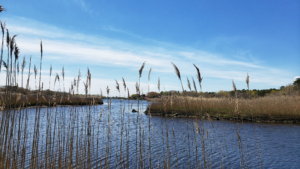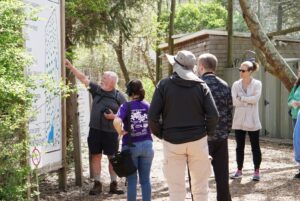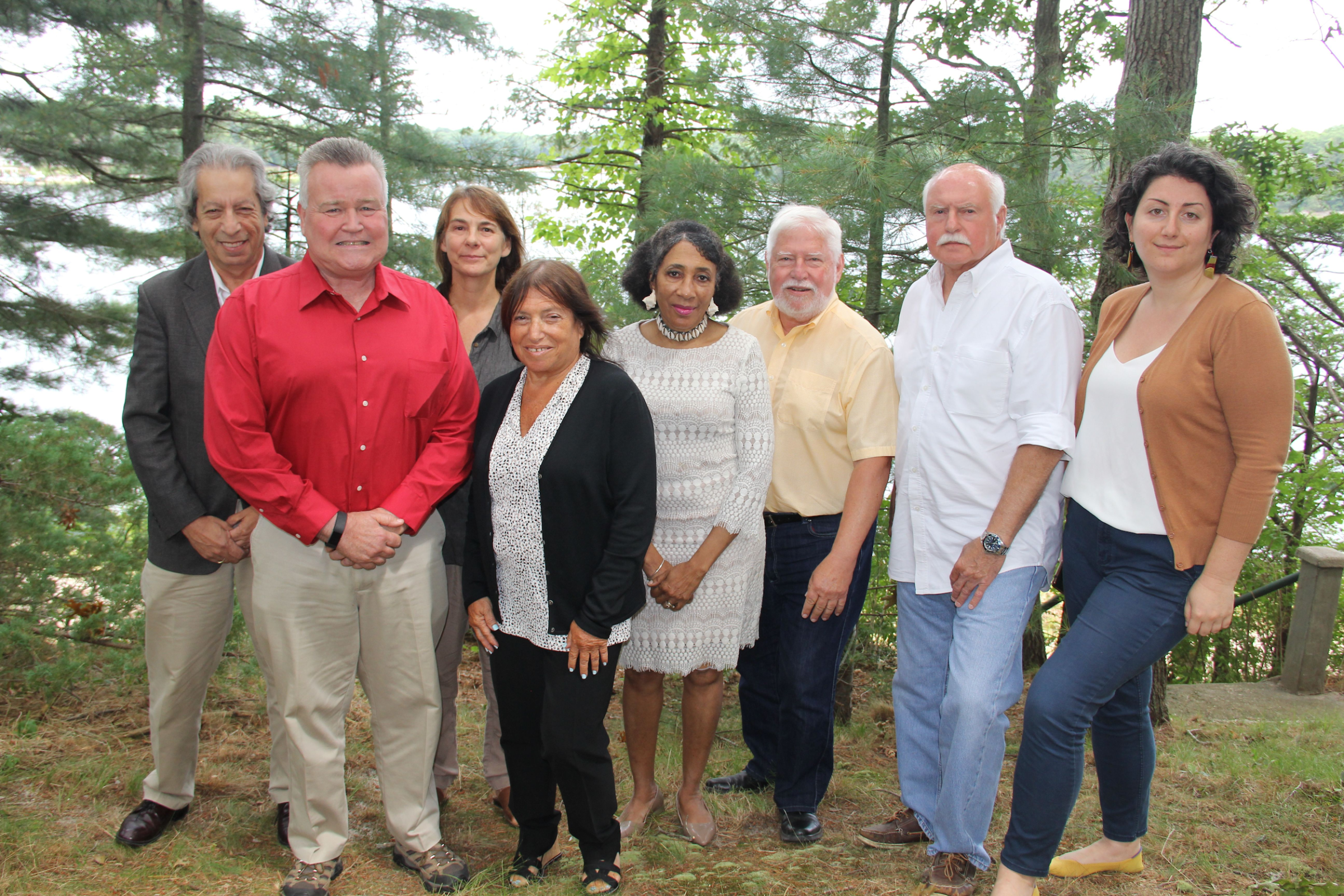The Long Island Pine Barrens Society is officially launching a new blog feature called “Five Questions with an Environmentalist.” We will be interviewing a variety of people who are involved in protecting Long Island’s natural environment – advocates, scientists, artists, educators and more! Each person has their own unique perspective and we are excited to share their voices.
Our second post will feature Thomas (Tom) Casey, a Long Island Pine Barrens Society Board Member of our Board of Directors.
1. Please tell us about your background. How did you go from English teacher to naturalist?
I grew up in Woodside. For me, wildlife consisted of pigeons, sparrows and the rats along the Astoria waterfront. My love of the outdoors began in graduate school in Central New York, and later I started hiking in Harriman State Park. In 1974, I backpacked in Montana for the first of eight straight summers. Back home, I helped edit an edition of the New York Walk Book, and in the process discovered the L.I. Greenbelt Trail Conference and the diverse treasures of our open spaces. Most of what I’ve learned since has come from field guides and other reading, the familiarity that comes with visiting places repeatedly, and listening to those who knew more than I, most notably John Cryan, Bob McGrath and John Turner (the founders of the Pine Barrens Society) and the late Larry Paul.

Long Island Pine Barrens Society Board Member, Tom Casey.
2. You’re on the Society’s Board of Directors, but you’re also the Board President of Quogue Wildlife Refuge. Please tell us why you refer to QWR as the “Jewel of the Pine Barrens.”
Walking in Quogue Wildlife Refuge offers a short course in the entire Pine Barrens ecosystem, from tidal wetlands to bogs, upland barrens and dwarf pines—all in a compact space with well-maintained trails. A beautiful visitor center provides tranquil views of a historic ice pond.

Quogue Wildlife Refuge
3. You’re a busy guy! You’re also the Vice President of the Long Island Greenbelt Trail Conference. Can you tell us about the work that you do with them?
I became involved with the Greenbelt in 1980, two years after its founding, and began leading hikes for the group in 1982. I’ve been doing so ever since, though the walks are a bit shorter now. Adding up Greenbelt hikes, summer courses on the trails for teachers, and occasional hikes for other groups, I suppose that’s about 2,000 hikes. I also have been editing and laying out the Greenbelt newsletter since 1983 and seen it grow from a small booklet to 16 and occasionally 20 pages. I’ve also given many library presentations about our trails. In every case I try to include some interpretive information to attract more Long Islanders to our open spaces. I’ve also worked on the trails, set up mailing label programs, taken meeting minutes, represented the Greenbelt on government committees, and gotten roped into other tasks.
4. What’s your favorite Pine Barrens Park and why is it your favorite?
I can’t choose one place, but several come to mind readily. Obviously, Quogue Refuge is always at or near the top of my list. I also like walking the Paumanok Path in Flanders from Pleasure Drive to Sears-Bellows County Park. It offers rolling terrain, Maple Swamp, Birch Creek, Owl Pond and an ever-changing landscape where nature repeatedly heals itself after bouts of various tree diseases. I also like to walk the Paumanok Path from Ridge to Manorville. Another beautiful spot is Hubbard County Park, where the Pine Barrens meet the bay, with gorgeous salt marshes and the “ghost forest” of ancient Atlantic White Cedars poking out of the shoreline.
5. You’ve led a lot of hikes and have taught a lot of people about the Pine Barrens. What’s one thing that you find people are always surprised (or interested) to learn about the Pine Barrens?
That it’s there. I frequently hear newbie hikers say, “Who knew all this existed?” They know it does on an intellectual level, but when they learn a little about how the ecosystem works or smell Sweet Fern or taste a Wintergreen berry, they get emotionally connected to the land. I never tire of hearing, “Who knew all this existed?”

Quogue Wildlife Refuge Board President, Tom Casey, leading a hike through the QWR in 2019.
Help the Long Island Pine Barrens Society protect our natural treasures, make a contribution today!


